September 8 is celebrated by Catholics as the feast of the nativity of the Blessed Virgin Mary. It should also be honored in a special way by all Americans.
Thirty-six years before Patrick Henry issued his famous 1775 call to rebellion—“Give me liberty, or give me death!”—a group of Black Catholics proclaimed the same message, chanting “Liberty!” on their journey to death.
The Stono Rebellion, which one historian called the most important slave revolt in North American history, began on the nativity of Mary and was an important American declaration of liberty.
In 1739, South Carolina was reaching a breaking point. The expanding plantation system transformed the colony, such that slaves outnumbered the free population by almost two to one. Many of the newer slaves were “outlandish,” or born in Africa. Of these, almost all were Kongolese and Catholic.
Kongolese Catholics were not converts as they are sometimes described, but cradle Catholics who for generations learned the faith from their own people with a devotion to Mary that rivals that of Mexico or Poland.
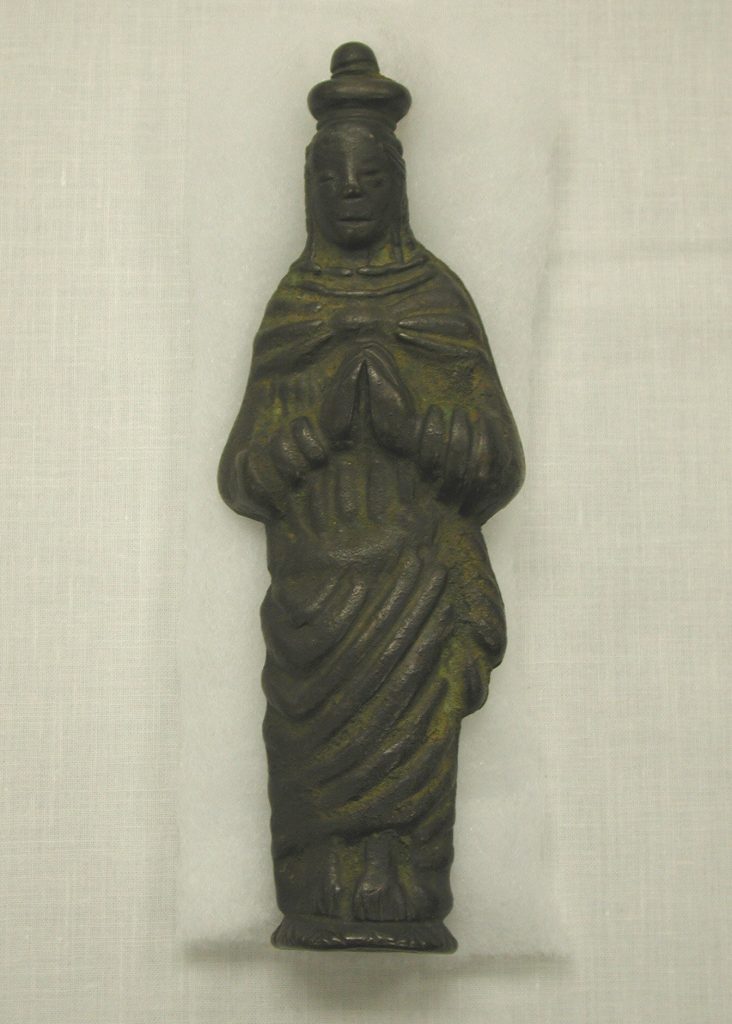
Catholicism in the Kingdom of Kongo dates to before Christopher Columbus arrived in the Americas. King João I accepted the faith in 1491 but resisted Portuguese colonialism and established direct relations with Rome. Under the “Constantine of the Congo,” the nation developed its own school and catechetical system. By the 17th century the capital was an episcopal see with a cathedral and 12 churches.
Kongo was filled with images and songs dedicated to Mamanzambi, “Mother of God” — everything from the rosary sung in Kikongo, the local language, to the hymn “Stella Caeli Extirpavit”in Latin. Every Saturday offerings were left for Mamanzambi before churches and, in remote places with no churches, before crosses.
In Kongo, Mary played an important role as national protector. She was especially invoked during times of tragedy and conflict and for rain.
In a Protestant colony that didn’t have a single Catholic priest until 1786, the Kongolese Catholics stood out. So did the policy of St. Augustine, the Spanish Catholic colony in modern-day Florida, where escaped slaves were granted civil and religious liberty.
Rumor among the settlers was that Spanish priests had snuck through the countryside to spread the message among the Kongolese, many of whom spoke Portuguese. The message was heard, and in 1738 a group of 23 slaves made it to freedom in Florida.
Tension grew, and a nervous colonial government further militarized the colony, enacting a new law requiring settlers to bring guns to church.
Shortly before the law went into effect, a group of 20 Kongolese led by a man named Cato struck early on the morning of Sunday, September 9, 1739. Their timing was significant.
Kongolese Catholics were not “converts” as they are sometimes described, but cradle Catholics who for generations learned the faith from their own people.
They had gathered the day before, on Saturday, the most important day of the week in Kongo. This was the day of devotions to the Blessed Virgin Mary, when whole communities fasted and gathered to say the rosary, a key part of Kongolese spirituality. And September 8 is an important Marian feast: the nativity of Our Lady.
Details of the preparations on Saturday are not known, but we can imagine that it mirrored other communal Marian devotions in the Kongo. An Italian friar recorded a snapshot of these devotions only a few years after the Stono Rebellion. Leading the rededication of a small rural shrine, he was astounded to remark, “I have never witnessed such an expression of solidarity as that exhibited by these people in preparation for the procession.”
The Kongolese cut a new road to Our Lady’s shrine through the forest and farmland. Despite famine caused by drought, they brought large quantities of fruit, vegetables, eggs, and tobacco as offerings. The people processed to the chapel, imploring rain, “and the Lord God delivered it to them in abundance, which brought an abrupt and total end to the famine that had already killed so many.”
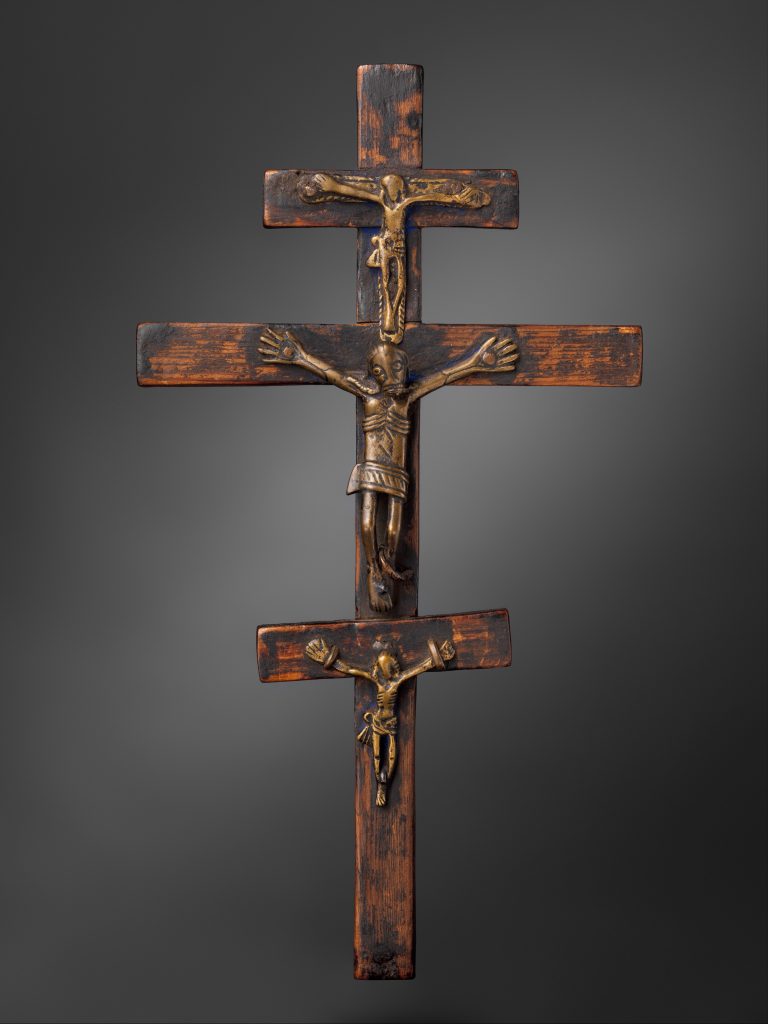
With faith in Our Lady’s intercession for God’s deliverance, the Kongolese Freedom Fighters then acted. On the morning of September 9, they broke into a storage facility, killing the two workers and displaying their heads on pikes—a tradition imported from Europe and a standard practice used on “troublesome” slaves.
Now armed, the band travelled south, playing drums, flying flags of the Marian color white, and chanting “Liberty!” They attacked plantations and gathered more followers on the way.
The violence of the slave system and the revolt no doubt shocks our modern sensibilities, but it was not a blind war of racial vengeance: The freedom fighters spared slave owners who had been kind to their slaves.
The slaveholder militia mobilized and put down the rebellion, executing 40 freedom fighters and lining the road with their heads, one at every mile. In the aftermath, the colonial government enacted harsher slave codes that further dehumanized slaves and intensified the moral injury that slaveholders had inflicted on themselves.
What can too easily get lost in the story of the Stono Rebellion is what those who recorded the event missed: the spiritual highpoint. On the way south, the Kongolese Freedom Fighters had paused in a field to perform an ancient ceremony.
In Kongo, Mary played an important role as national protector.
The sangamento is an acrobatic martial dance that existed long before the Portuguese. The Kongolese monarchy kept the dance and much of the native regalia—nkutu shoulder nets, feathers, strings of corals—and added Catholic and European symbols—crucifixes, brass saint pendants, and Iberian-style swords.
The ceremony was performed after Mass on Catholic feast days, especially on the annual St. James day celebration. In 1739, the sangamento was already centuries old in its Catholic form and enacted Kongo’s melding of Catholicism and African traditions.
The sangamento was also prayer. In Africa and in countless cultures across the world, dance is a spiritual act, unifying body and soul while knitting the dancers into a single offering to God. In this context, the dance invoked God’s aid in pursuing justice against impossible odds.
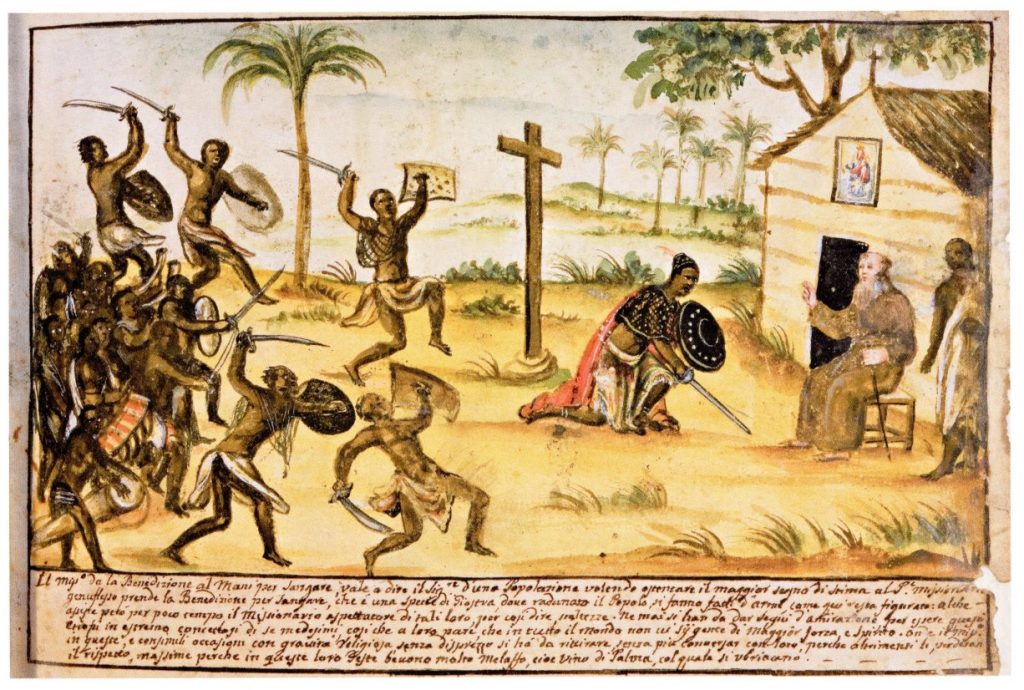
The drums, like those customarily played after Mass and catechism on Sundays, and the white flags, the color of the Blessed Virgin, harkened back to the freedom fighters’ Kongolese Catholic faith. For a fleeting moment, the fighters brought back the homeland that they would never see again in this life and called up a world of which they longed to be a part.
By chanting “liberty” on that South Carolina road, they called up a world deeper than the secular state that many Enlightenment thinkers imagined and for which activists such as Patrick Henry called.
“Liberty” in Kikongo is lukanga, whose root kanga means salvation to Kongolese Catholics. Were they chanting “liberty”? Or were they chanting lukanga—salvation— misheard by English speakers? Most likely they were chanting both, broadening Henry’s battle cry into one seamless prayer to Our Lady, an American Catholic Declaration of Independence sung in a Kongolese key.
On the way south, the Kongolese Freedom Fighters paused in a field and performed an ancient ceremony. . . . the dance invoked God’s aid in pursuing justice against impossible odds.
American Catholics today honor this nativity of the Blessed Virgin Mary and anniversary of the Stono Rebellion not to glorify the violence that permeated the era but to harness the spiritual power of a faith that spanned continents and survived one of the most insidious and destructive webs of sin evil ever devised—a sin that survives today in many different forms.
Go to Mass on September 8 and offer it up for the souls of Cato and his followers and pray that we may share in the power of their sangamento. Above all, ask for Our Lady’s special intercession: Mamanzambi, “Mediatrix of All Graces,” help us on our journey to true liberty, the kanga that the Son you bore won for us, that we may pursue justice and healing on our earthly pilgrimage and that we may one day in the heavenly Jerusalem all dance with the Kongolese Freedom Fighters of Stono.
Many thanks to the scholarship of Dr. Cécile Fromont, Dr. Linda Heywood, Dr. John K. Thornton, Dr. Mark M. Smith, Dr. Terry Rey, and Dr. Jack Shuler. See their work for further information on Kongolese Catholicism and the Stono Rebellion.
Image: Enzo Selvaggi. Our Lady of Stono River. Used with the permission of the NBCC, Copyright: Heritage Liturgical © 2017


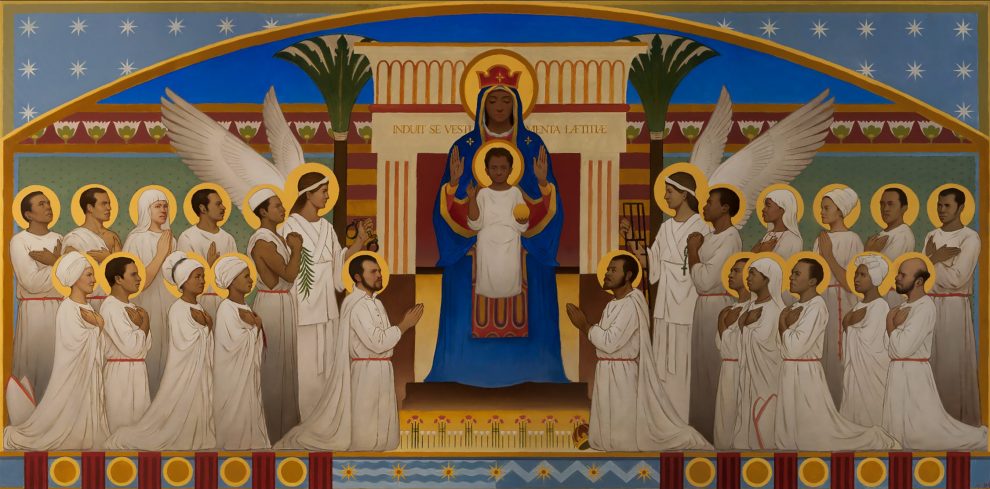

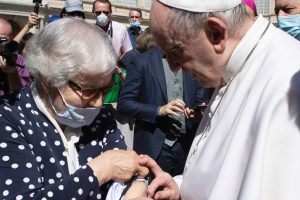








Add comment